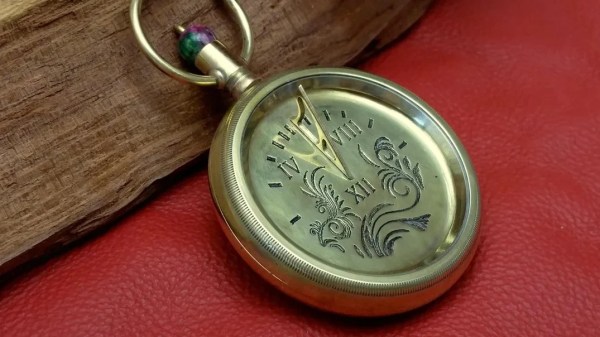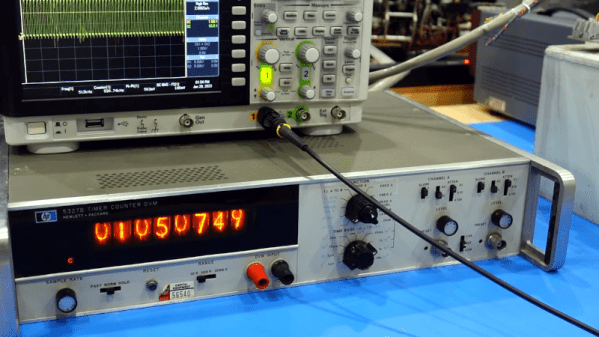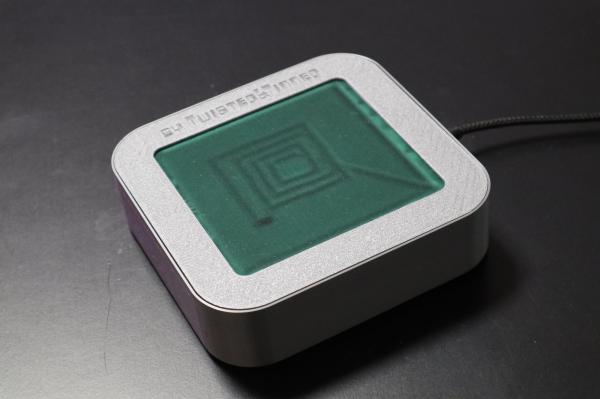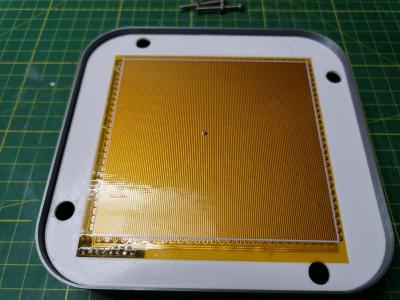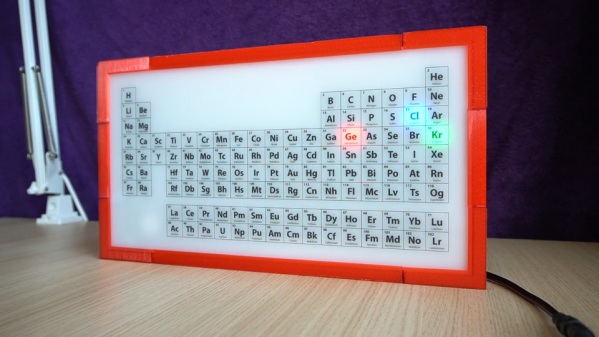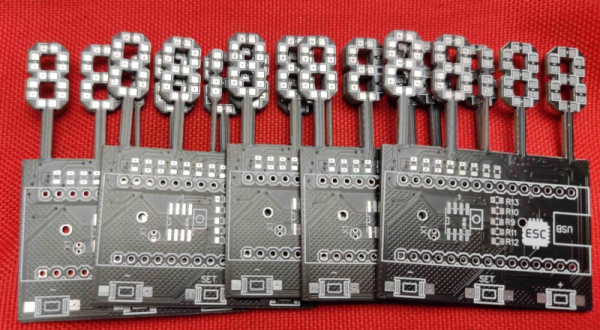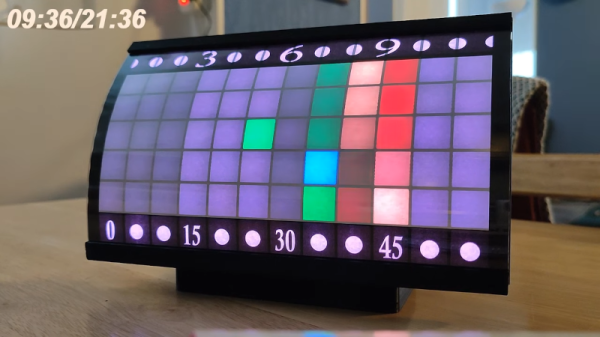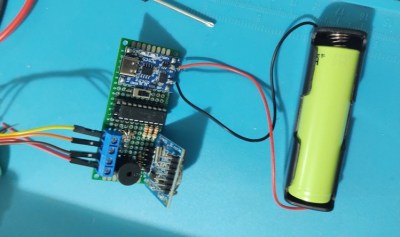Pocket watches are all well and good, but they have some caveats. They either need regular rewinding, or they need batteries. Sundials on the other hand need only the light from our One True Sun. [JGJMatt] has just the project to convert your broken or disused pocket watches to the solar way of telling the time.
The key is to replace the clockwork internals and face of the pocket watch with a sundial instead. The first step is to create a face for the watch marked out for sundial use. [JGJMatt] explains how to do this with a variety of CNC, painting, or etching methods. He also explains how to use simple tools to generate a sundial design that’s ideally suited to your geographical location. This includes methods for aligning the sundial to True North or True South with an offset compared to Magnetic North or Magnetic South. This allows the sundial to be as accurate as possible. [JGJMatt] describes the general techniques while also building a sundial of his very own. The resulting piece is a handsome bit of brass with a lovely gnomon standing tall to cast a shadow on the dial.
It’s not a quick way to tell the time, by any means. However, the next time your friends ask you what time it is, and you whip out a compass to line up your sundial, they’re sure to be impressed. We’ve seen some creative sundial designs before, too, and if you’ve been creating your own fancy timepieces, don’t hesitate to let us know on the tipsline!

